With the creative flexibility that photo editing tools like Adobe Photoshop offer, many rely on post-processing to improve their photos. However, if you are not keen on getting all techie and learning the ropes of photo editing tools, you can still come up with nice photos.
Below are seven simple tips to improve your photography skills:
1. Go through your camera's user manual.
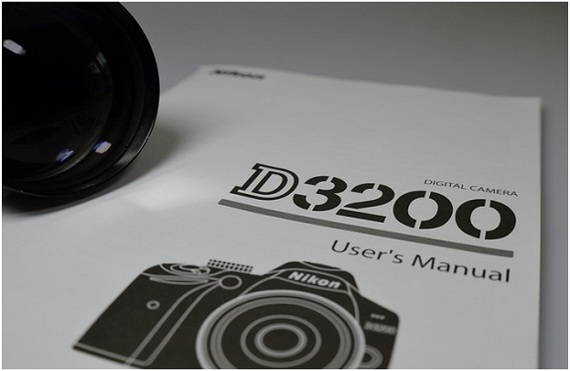
Image Source: Pixabay
With all that excitement that comes with purchasing a new camera, it can be easy to overlook the user manual. But what most people don't know is that it contains a lot of key information that can help you make the most out of your camera and learn how take better photos.
Granted that you still have your user manual stashed away somewhere, it is not too late to retrieve it and go through it from beginning to end. Know what each button in your camera is for and what you can do with its different settings.
2. Apply what you've read.
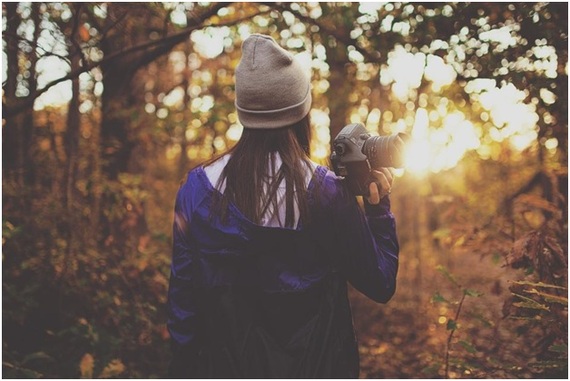
Image Source: StockSnap
What better way to retain your newfound knowledge about operating your camera than by trying out what you've read. Aside from giving you a first-hand grasp of what the controls in your camera and its settings can do, this is also a good way of finding out which of these features you will use regularly.
Remember: you do not have to try everything in one go. You can space out applying the things you've learned into several days of practice. Trying and making as many mistakes as you can is a good way to hone your skills in taking photos. With constant practice, the time will come that you'll finally get that shot right.
3. Make the most out of what your camera can do.
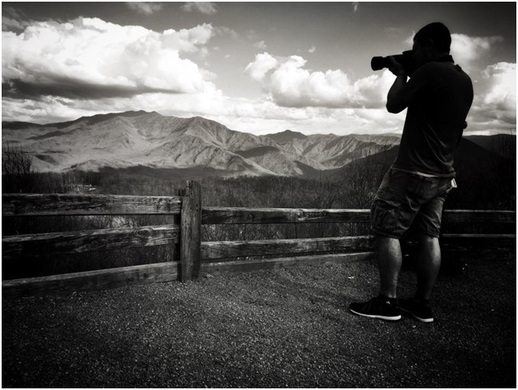
Image Source: StockSnap
Just look at famous photojournalist Henri Cartier-Bresson. According to a New York Times article, Bresson's claim to fame was his use of a hand-held 35-mm. camera in taking photos of the significant events that marked the 20th century (e.g. the Spanish Civil War and the German Occupation of France).
His career as a photographer is proof that you do not have to have fancy equipment to take better shots. You just have to make the most out of your camera and what it can do for you. If you have to, start with simple shots and backgrounds. Then once you have gotten the hang of it, move on to more complicated scenes and shots.
4. Use a tripod.
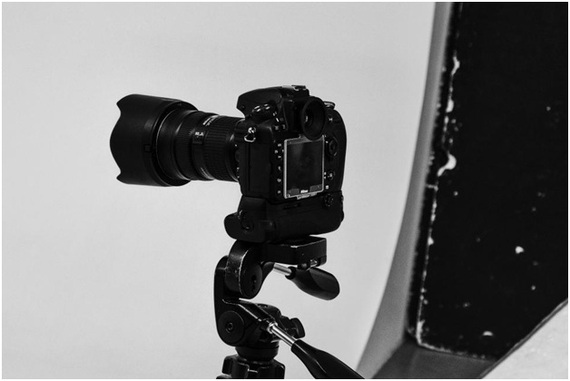
Image Source: StockSnap
The simple act of using a tripod can dramatically improve the quality of your pictures. A tripod can give you stability when shooting photos, which makes your images come out sharper and more balanced. This will also prevent the risk of having unwanted elements in the frame.
Just make sure that you mount your tripod on a flat and steady surface and that you are using one that fits your camera perfectly. Once it's mounted, make sure that your camera and tripod are on a level horizon by checking with a spirit level. You wouldn't want your pictures to come out slanted. For more stability, especially if your tripod is light, hang something heavy underneath your tripod. This will act as an anchor to prevent it from moving around when you're trying to capture photos of a particular scene.
5. Use the edges of each element as a guide in framing your photo.
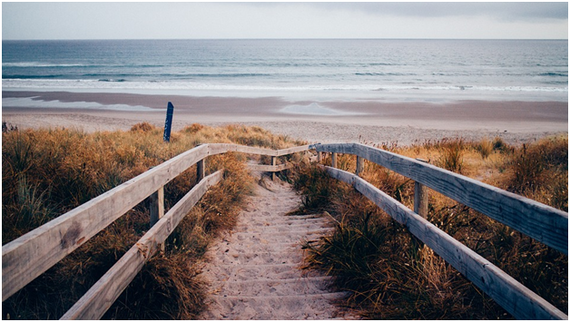
Image Source: Pixabay
One helpful tip is to line up the edges of certain elements in the frame to create a pathway that leads to your subject. This will make your photos more balanced and visually appealing.
Aside from edges and lines, look for other interesting shapes, textures, and patterns in the scene that you can use as a guide in framing your subject.
6. Expose yourself to as many good photos and photographers as possible.
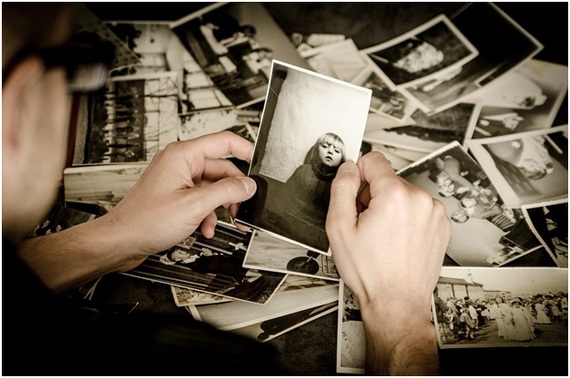
Image Source: Pixabay
Read photography books, attend exhibits, and browse photography portfolios online. Since photography is a visual art, you can pretty much learn what makes a good photo by studying it -- or looking at it intently. If you happen to find a photo that you like, ask yourself: "What is it about that particular photo that I like?" Study how you can make your shots look like that. Remember it or write it down for reference the next time you shoot. Or if that is not your style, go straight to experimenting how to recreate that particular style with your camera.
Another way to enrich your photography skills is visiting online resources on photography. The Adorama Learning Center, for example, is a good place to find tips, camera and gear recommendations, and anything related to photography.
7. Ask for feedback.

Image Source: Pixabay
Putting your work out there can be quite intimidating at first. But the feedback from others can help you find out what you are doing wrong and what needs to be improved. There are groups in photo sharing sites like Flickr, where you can upload your photos for critique. If you are not ready to share your work to the public yet, you may also ask photography enthusiasts in your circle to critique your work.
Although it is useful, you do not have to know how to use post-processing tools to improve your shots. Sometimes, a few simple tweaks in your photography set up, knowledge, and approach are all it takes to take better photos.
